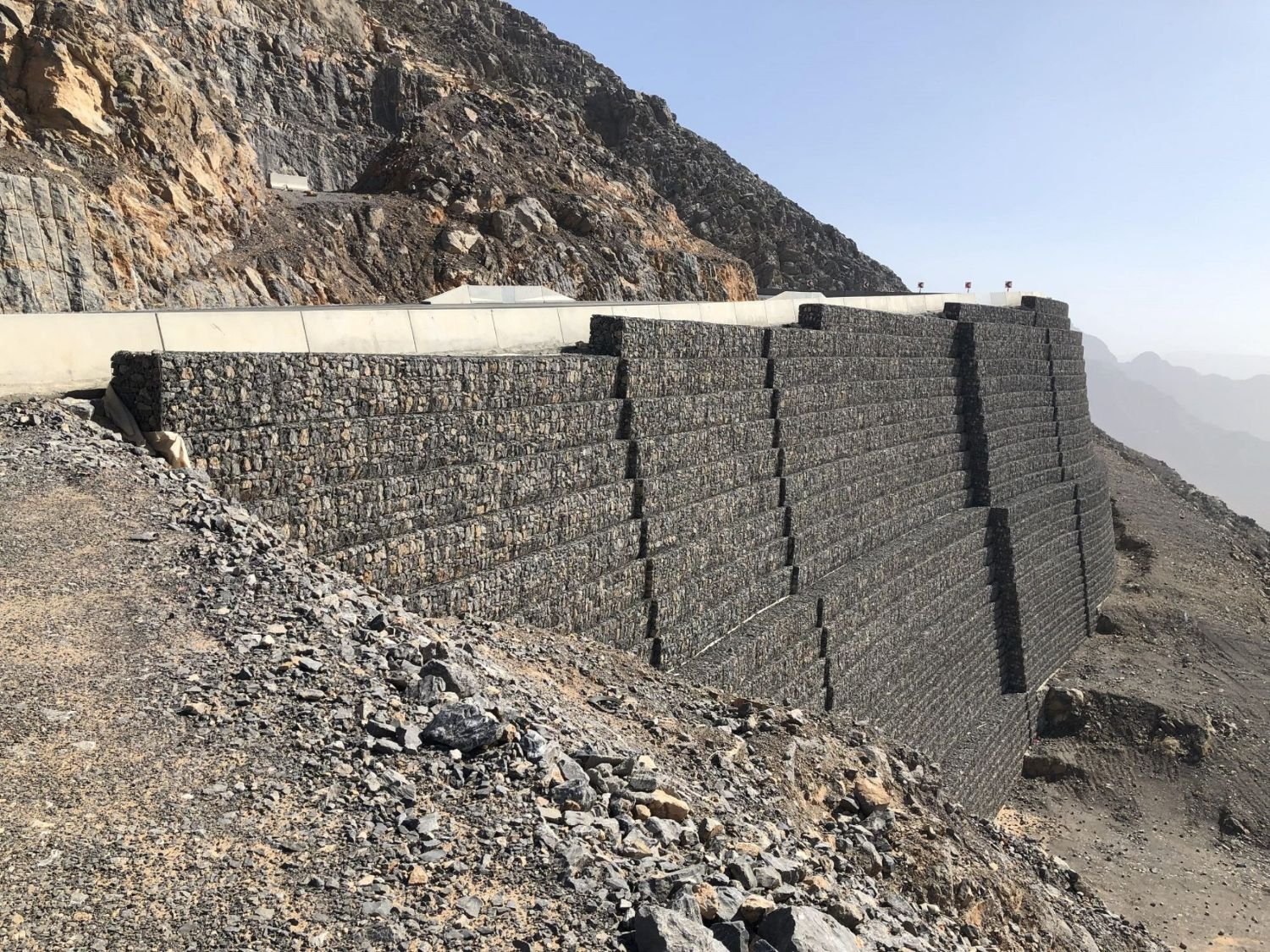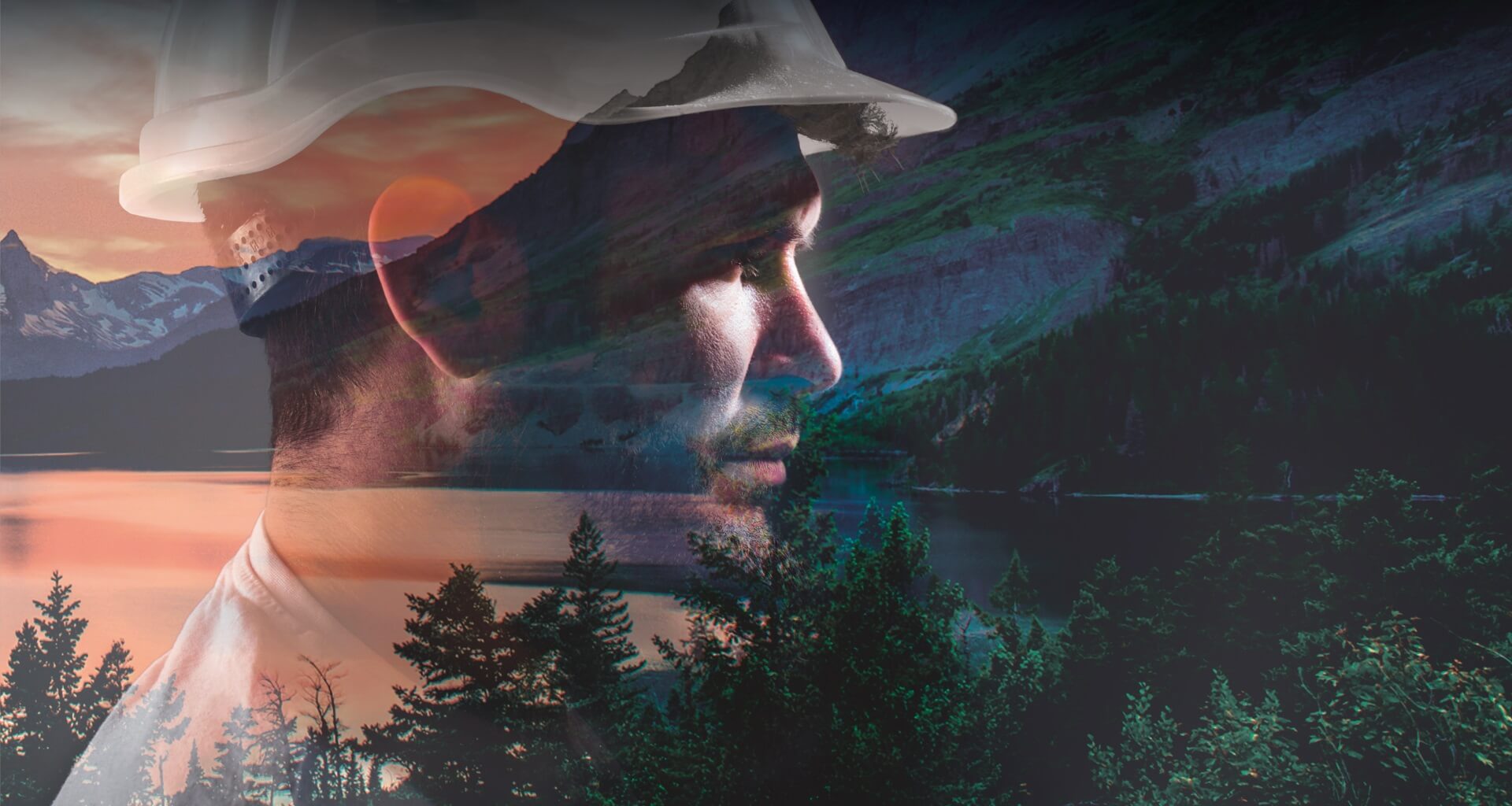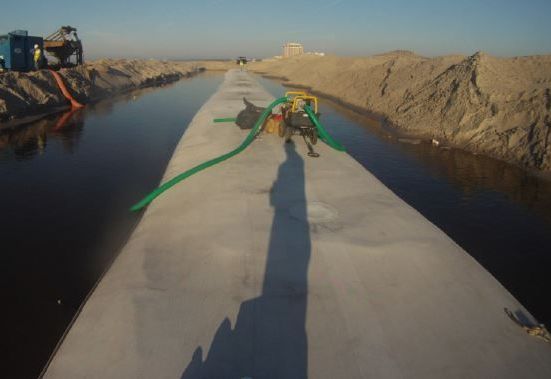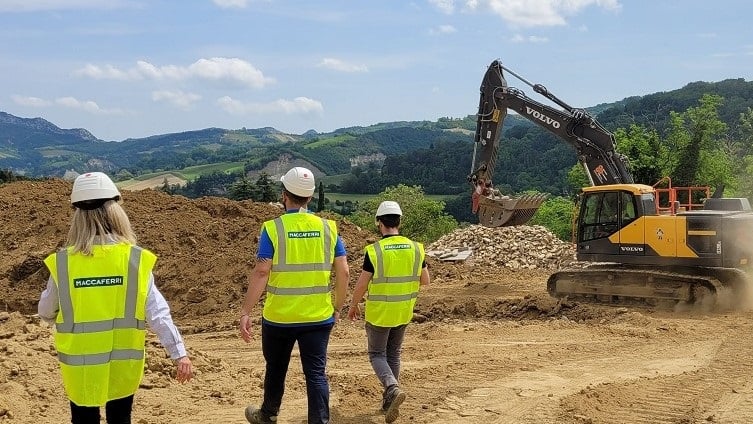Consolidation by Drainage Systems
2020
DEER ISLAND - MISSISSIPPI - U.S.A.
USACE
DEER ISLAND AQUATIC ECOSYSTEM RESTORATION PROJECT
Problem
Deer Island is located in the Mississippi Sound near the mouth of Biloxi Bay and the City of Biloxi, MS. It is a spindle-shaped, 4.5 mile-long island that is not a true barrier island, but is a remnant of the mainland. It has long provided a diverse habitat eco-system and provided the City of Biloxi with long-term erosion protection by reducing the energy of wind and waves moving on-shore. Hurricanes Camille (1969), Ivan (2004), Dennis (2005), Katrina (2005), Gustav (2008), and Ike (2008) are noted to have had significant adverse impacts to Deer Island’s structural integrity and ecological diversity. In the past 25 years, the strong storms significantly eroded beaches, breached an entire section of the island, reduced island elevations and severely damaged the forested areas.
Solution
The first step of the solution was using MacTube to close the West End Breach. This breach had not only occurred and widened over time due to prior storm events, it had also significantly deepened as a result of scour. To fill the 4,300-foot west end breach and restore the southern shoreline, a total of 1.95 million cubic yards of sand was needed. The sand was locally sourced and hydraulically dredged from a nearby borrow site. INSTEAD of stabilizing the west end breach with an emergent rip-rap dike, MacTubes were placed in the breach template below surface level and utilized a robust, strategic native planting effort involving over 300,000 plants. This design allowed the project to minimize the overall boundary footprint, and maintain natural shoreline egress and ingress activities for faunal species and recreators. This effort also reduced the need for – and associated cost of – rock resources and the construction and maintenance of over-dike access points. At the conclusion of the project, 40 tubes, equal to 10,000 linear feet of MacTube OS500 30ft. circ. and 280,800 SQ.FT. of MacScour OS150 w/ DBL> 4’ AT were used. MacTube/MacScour Installation procedure: • Sand was dredged and placed • MacTube alignment was excavated • MacScour was placed and anchor tube filled • MacTubes were placed and filled • MacTubes were covered to surface level
Used Products



